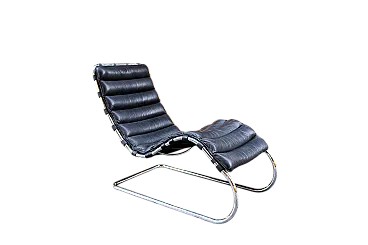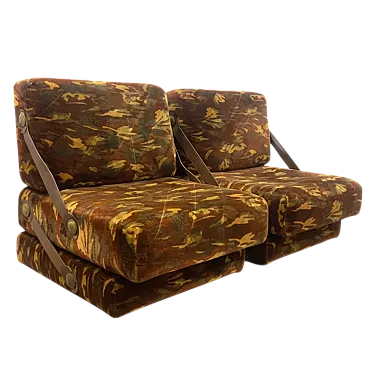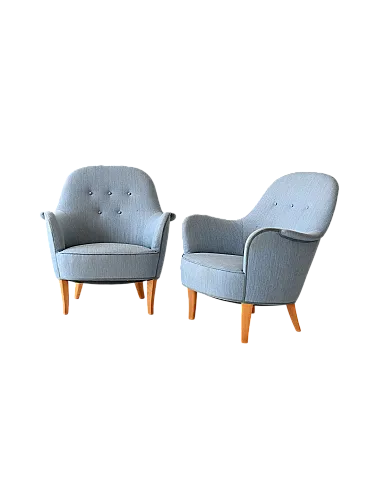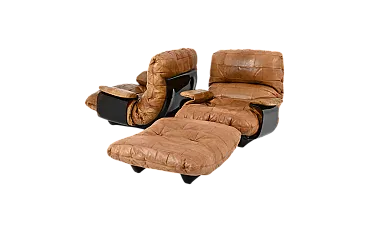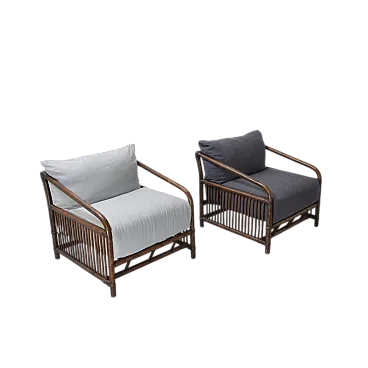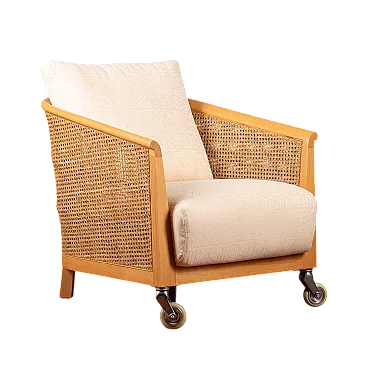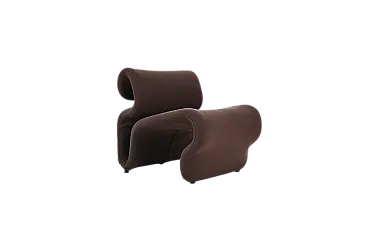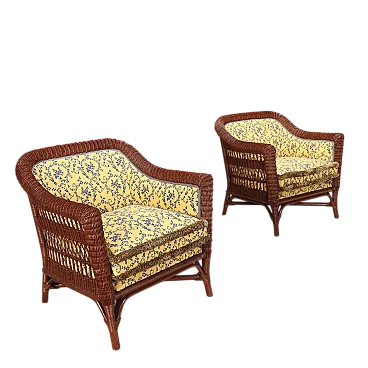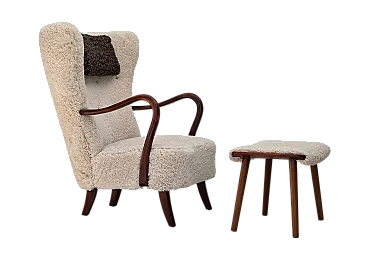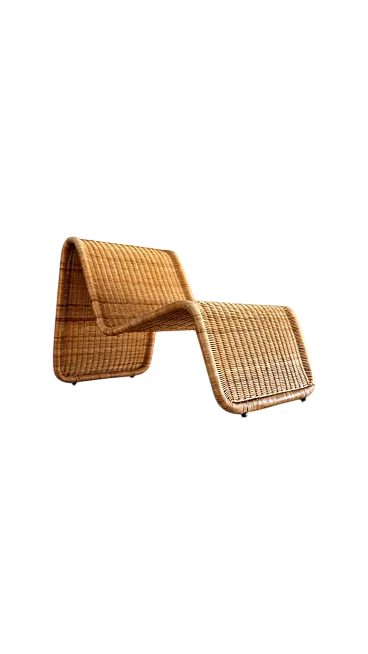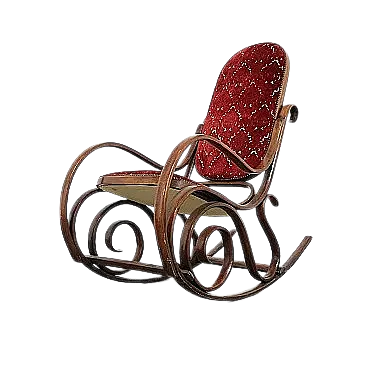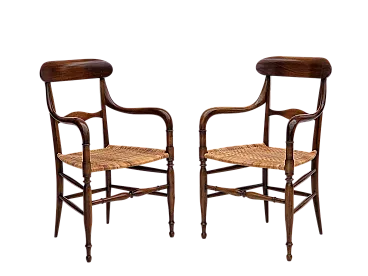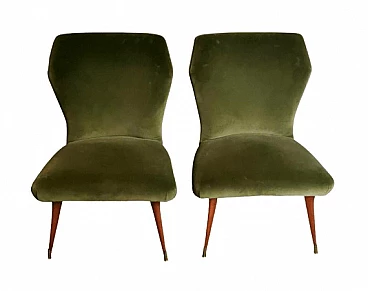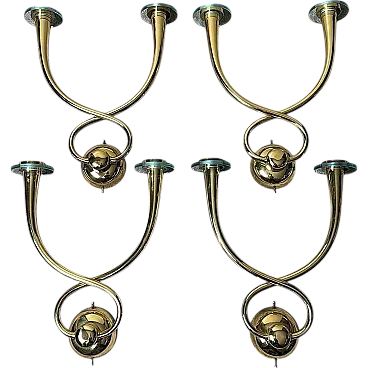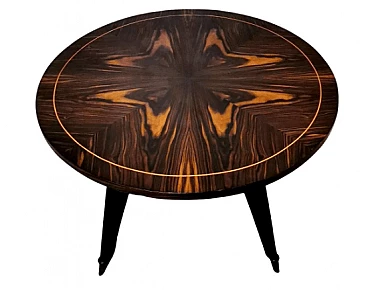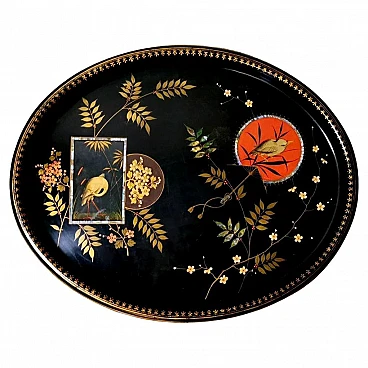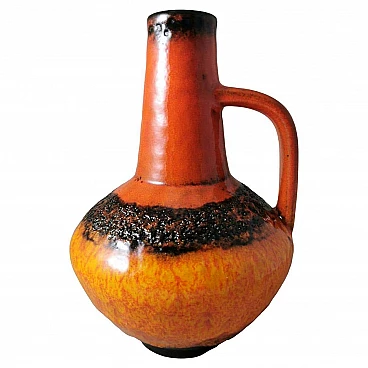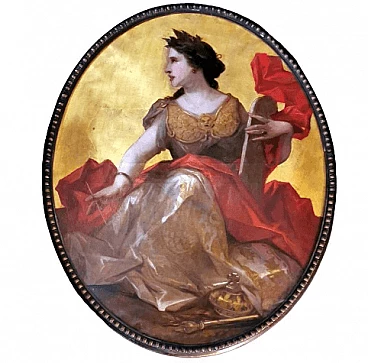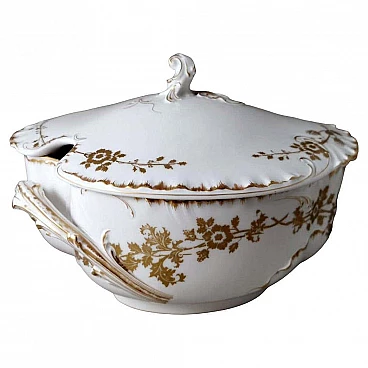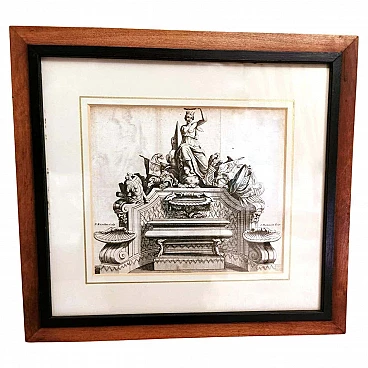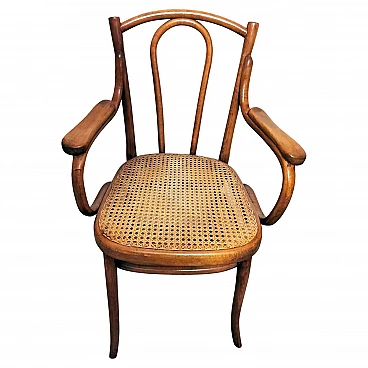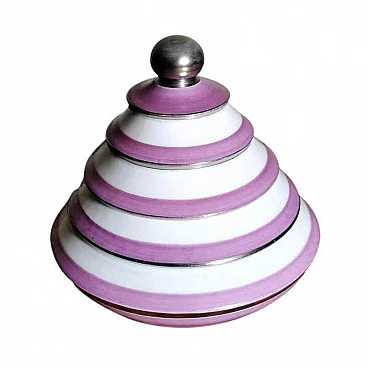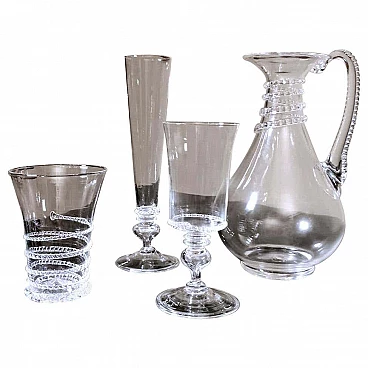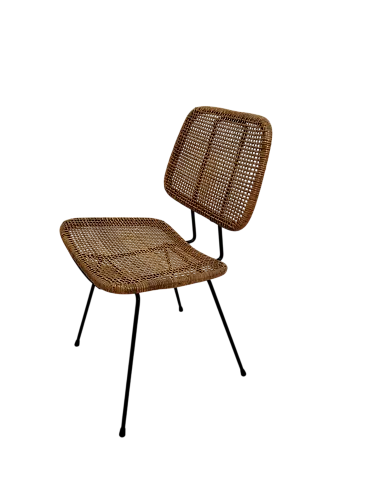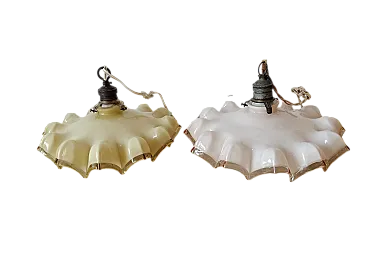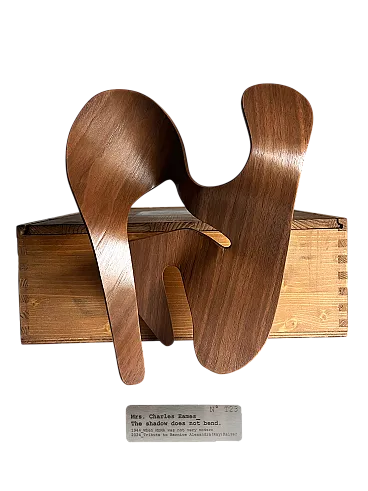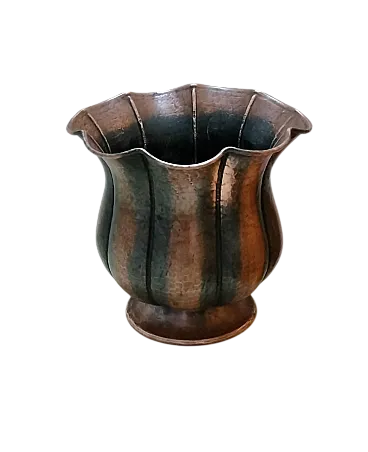Iconic pair of Czechoslovakian Banannachair armchairs. The solid and sturdy frame is made of excellent steam-curved walnut wood, the line is simple and linear, the armrests are of exceptional aesthetic perfection; the whole armchair is elegant and of rare refinement. They were made between 1935 and 1938 in Brno, Czechoslovakia, and after consulting catalogues and publications of the time we can attribute them with certainty to the design of Jindrich Halabala. It must be said that the armchairs underwent a costly and very laborious complete restoration, as they had to undergo a total dismantling of the components, the refinishing of the wooden armrests and the total upholstery in high quality, hard-wearing velvet using traditional, handcrafted methods. Jindrich Halabala was born on 24 May 1903 in the town of Koryčany, Czechoslovakia, and died in Brno in 1978. He grew up as a cabinetmaker in his father's carpentry shop, entered the State Woodworking School in Valašské Meziříčí in 1920 and completed his practical studies at the United Arts and Crafts Manufacture in Brno, later becoming the company's chief designer until 1946. Halabala significantly influenced the production programme from the 1930s onwards, paving the way for the industrial production of furniture in Czechoslovakia; in the interwar period and after World War II he created furniture that filled the interiors of Czech and European homes of the time. David Kmínek, head of the furniture department, said of him:' There is a fusion of styles in his work, with influences from Functionalism and Art Deco, and Halabala has mixed them in such a way that one can perceive both trends in his furniture. It is not pure Functionalism as in Germany or pure Art Deco in France or Belgium, and it is also different from what you find in Vienna, where you see more decorative pieces. He has mixed all these trends and created his own line of very modern-looking furniture. Among stylistic influences such as Czech Cubism and Art Deco, Halabala was also strongly inspired by the Bauhaus aesthetic, which sought to combine fine art aesthetics with everyday functionality. He developed many original and innovative types of seating, as well as two basic series of modular furniture and modern tubular steel furniture. The productions conceived and designed by Jindrich Halabala in the inter-war and post-war period are considered to be of the highest quality, and their simple, modern design has enabled many pieces of furniture to remain popular and sought-after even today. Halabala's designs can be found in the permanent collections of institutions such as the Olomouc Art Museum, the Moravska Gallery in Brno and the Stedelijk Museum in Amsterdam; today the Czech Republic awards an annual prize for excellence in furniture and interior design in his name. Width 59 cm, depth 56 cm, height 83 cm, seat 40 cm. The fully restored armchairs are in excellent condition. For all our shipments we use special packaging materials (wooden crates, polystyrene, etc.) for maximum protection and safety of the items.
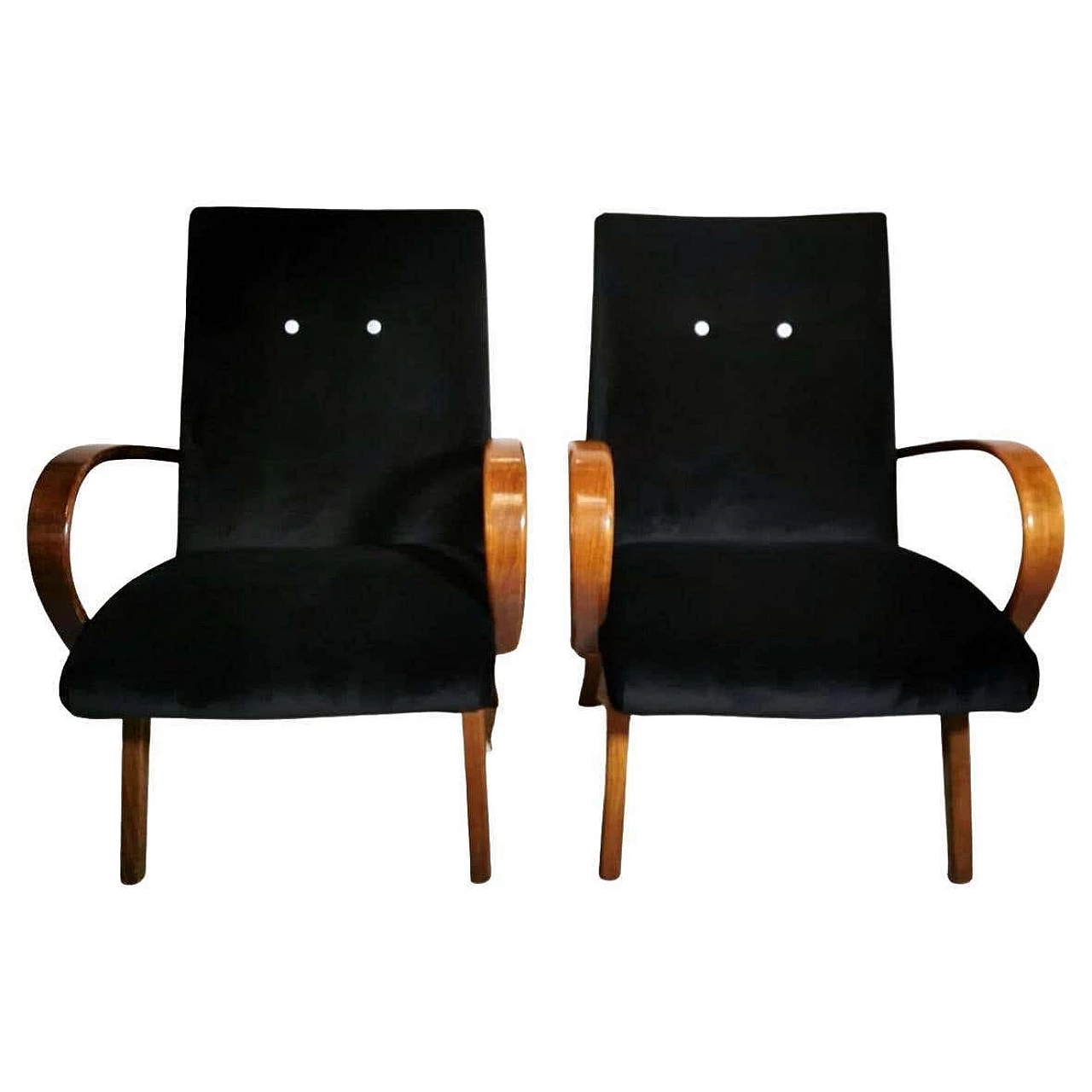
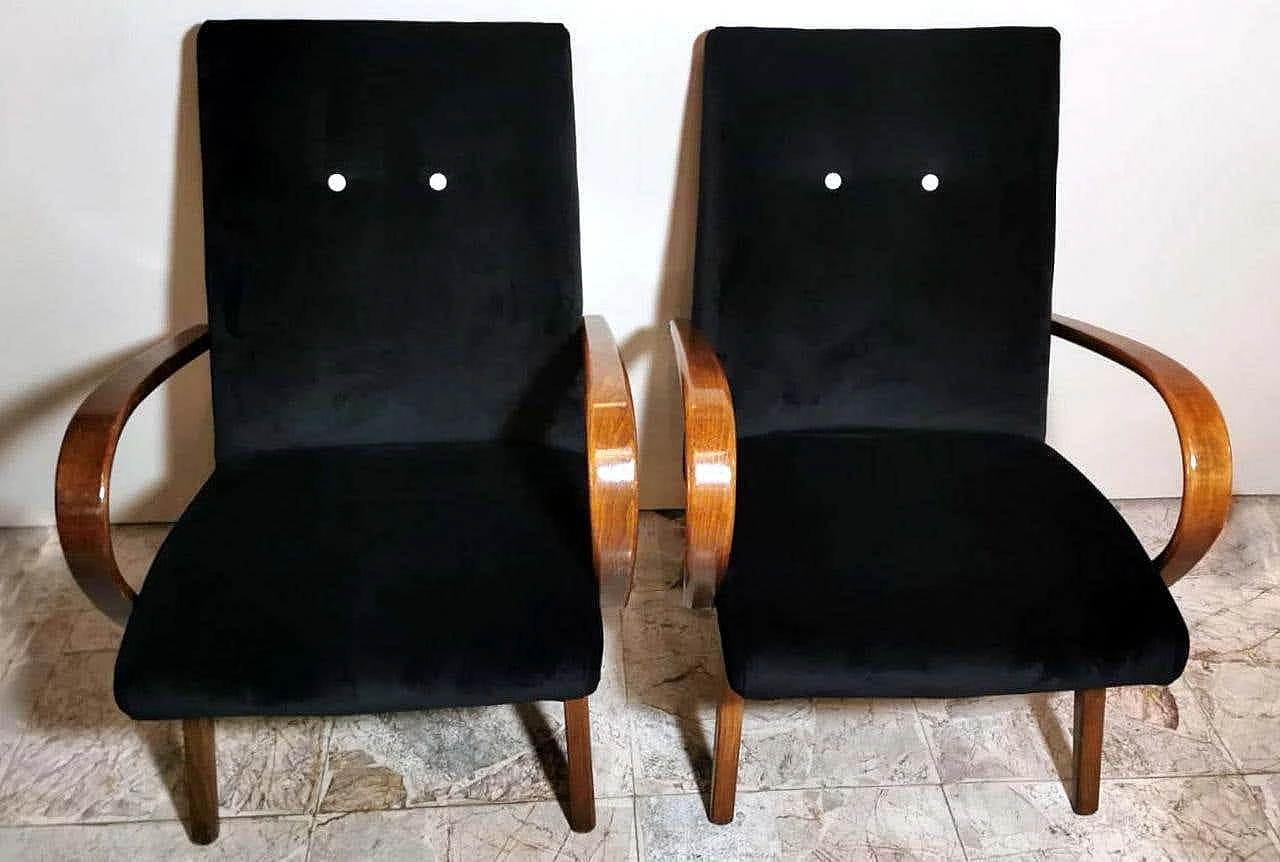
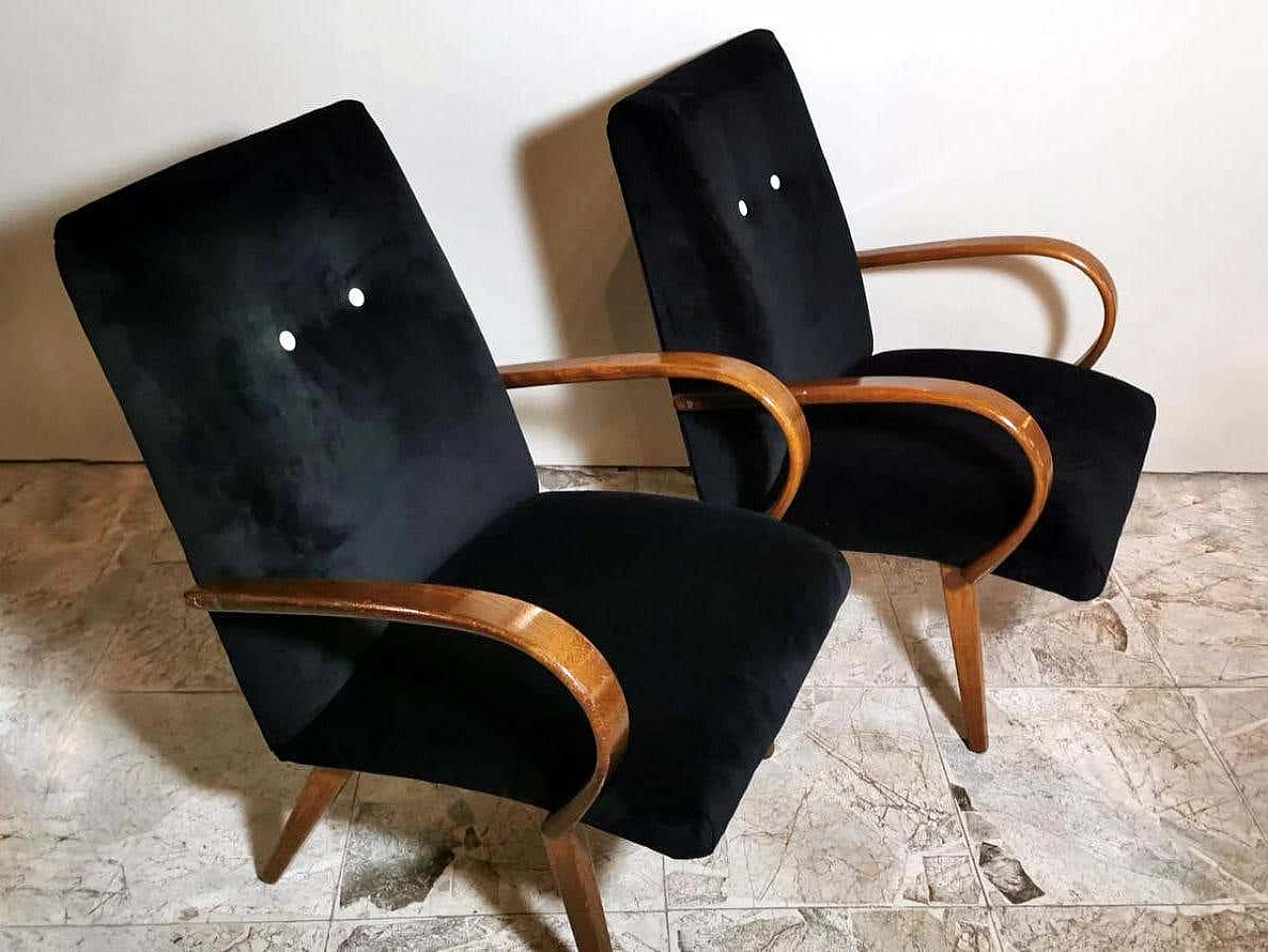
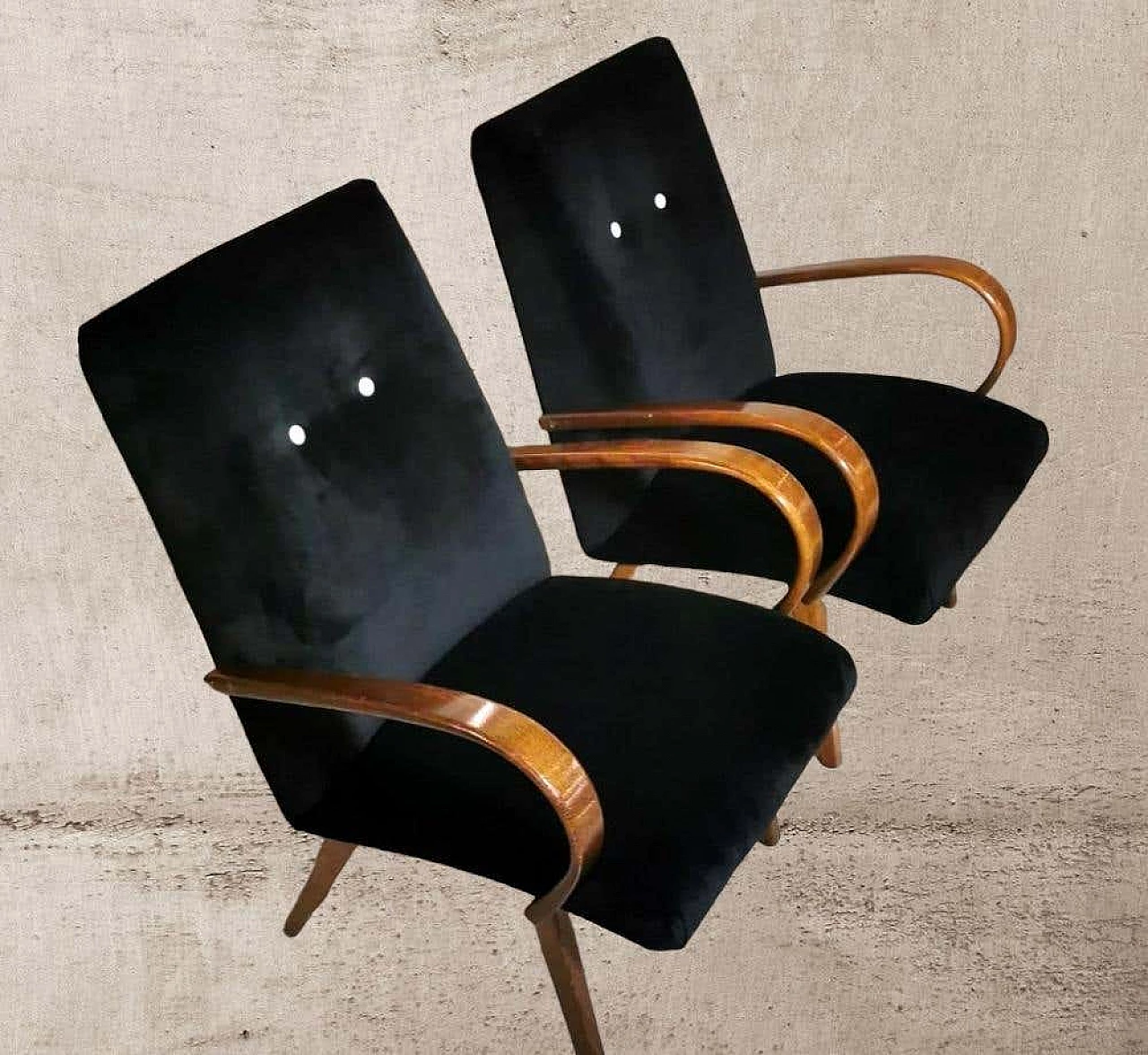
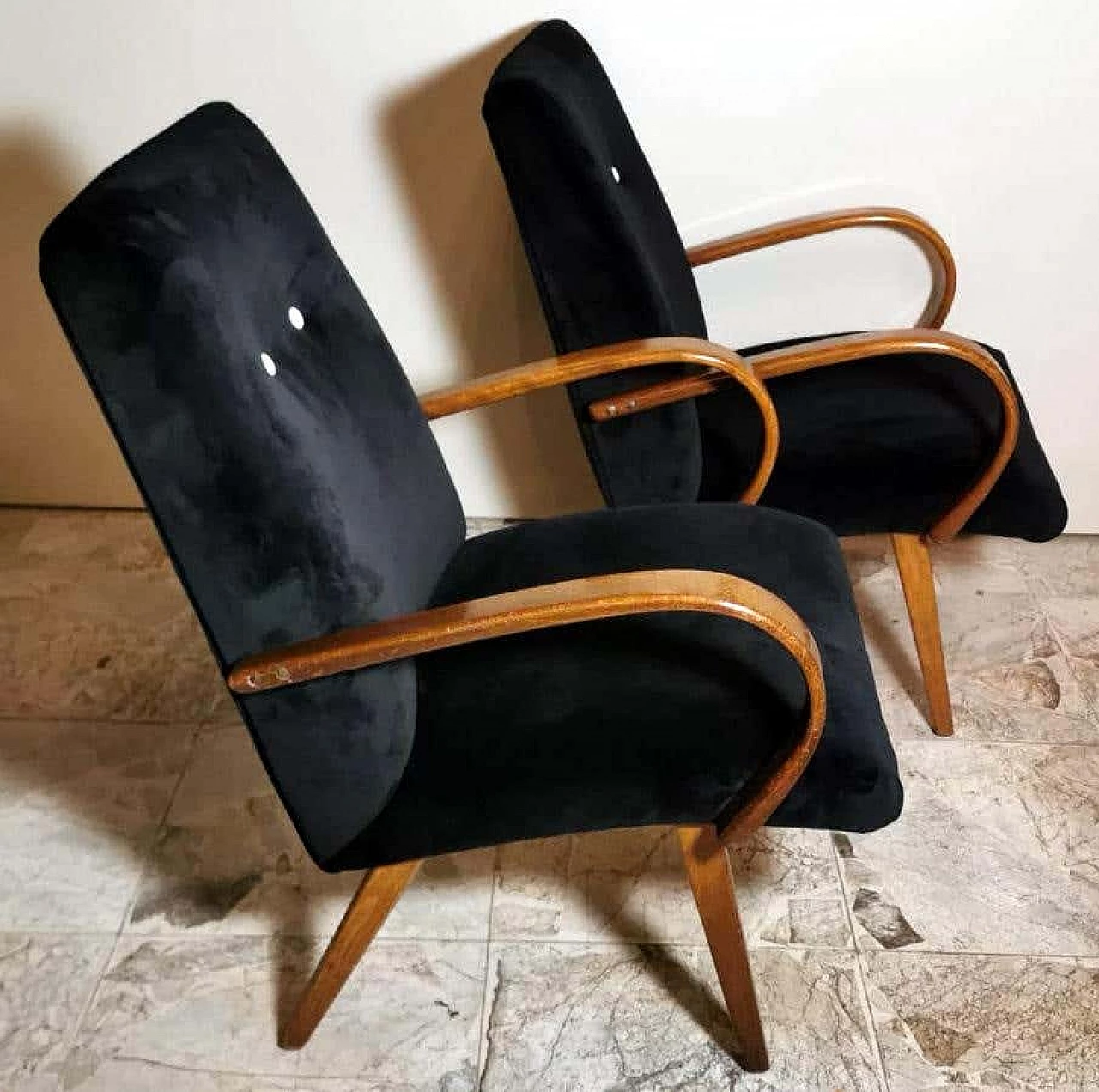
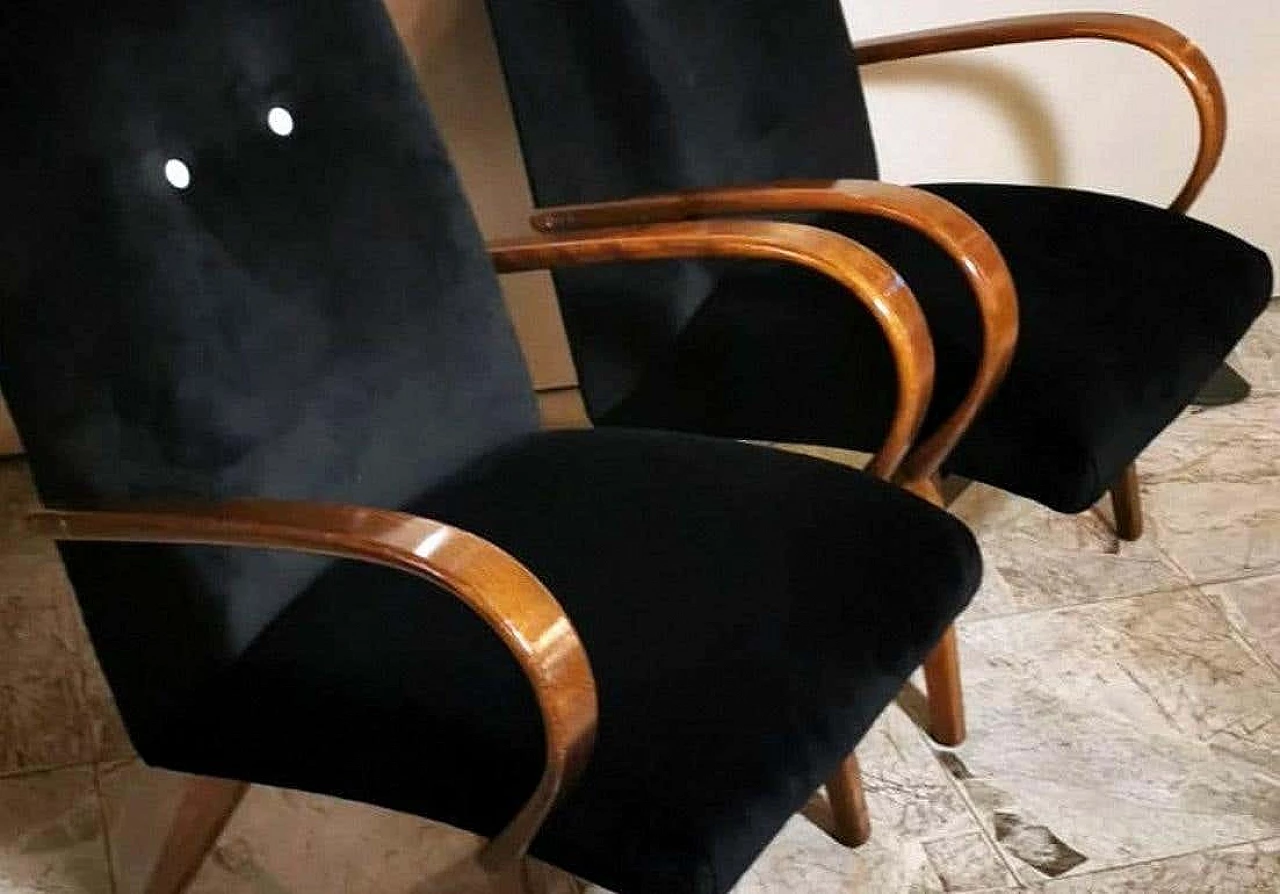
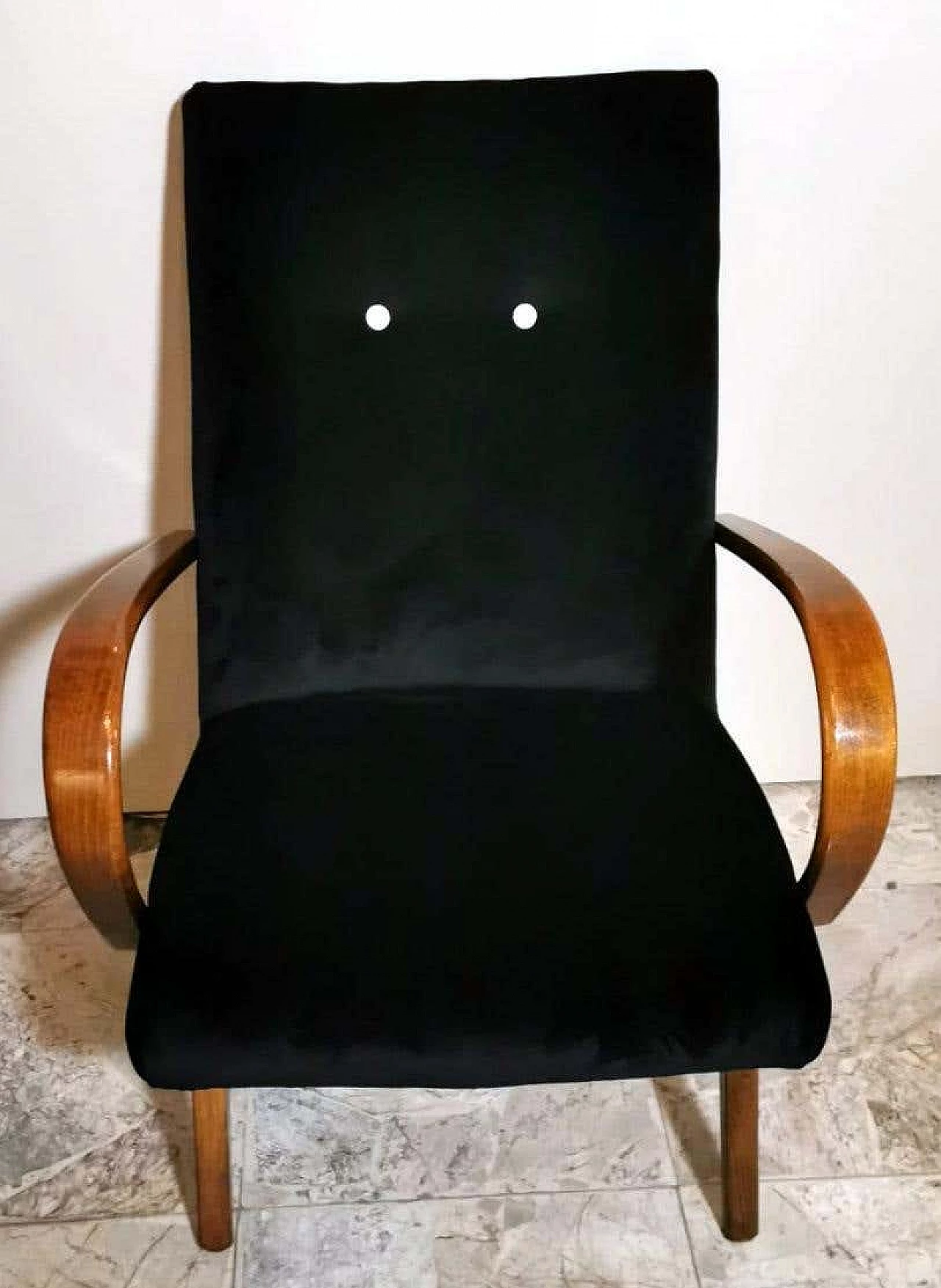
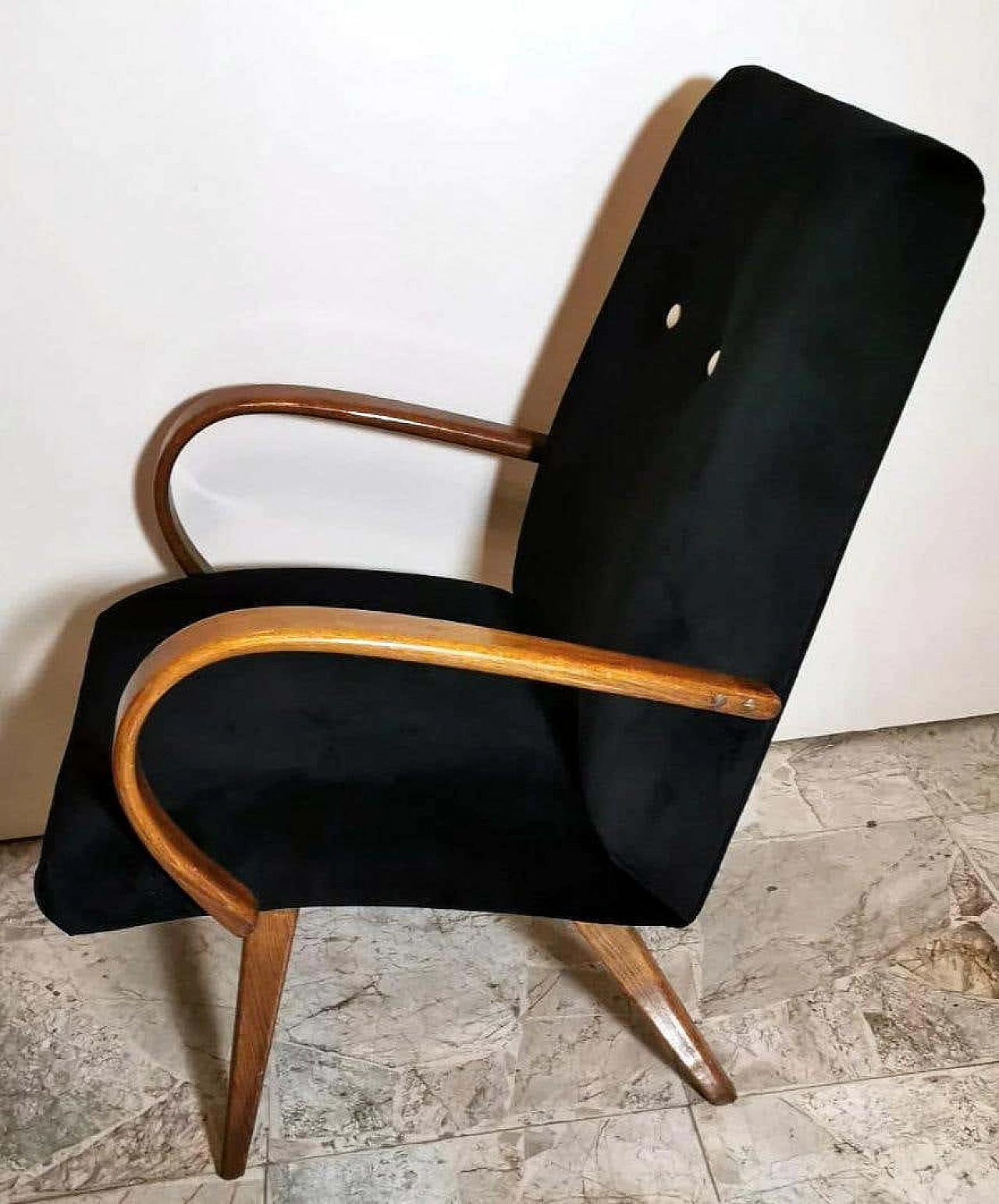
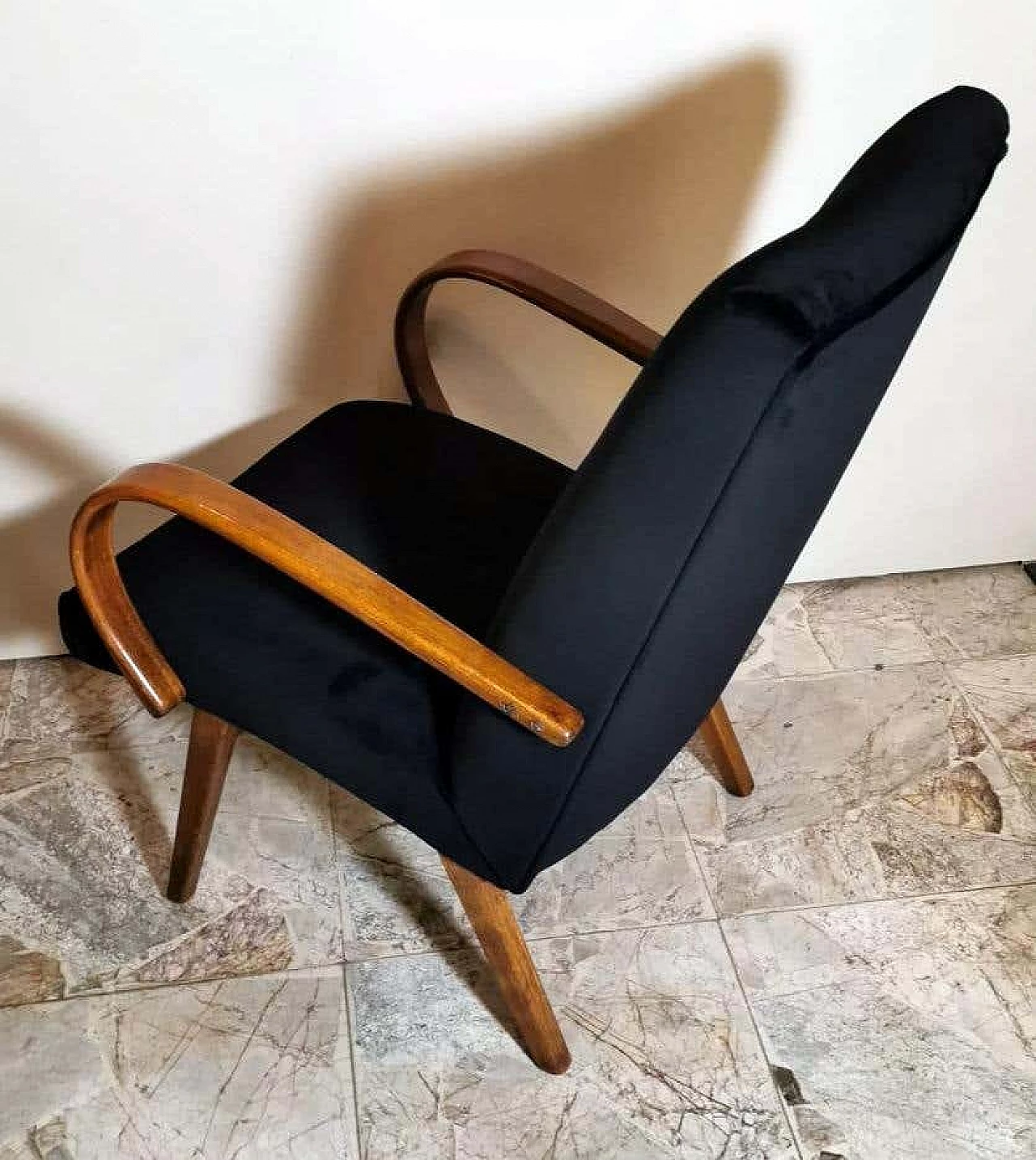
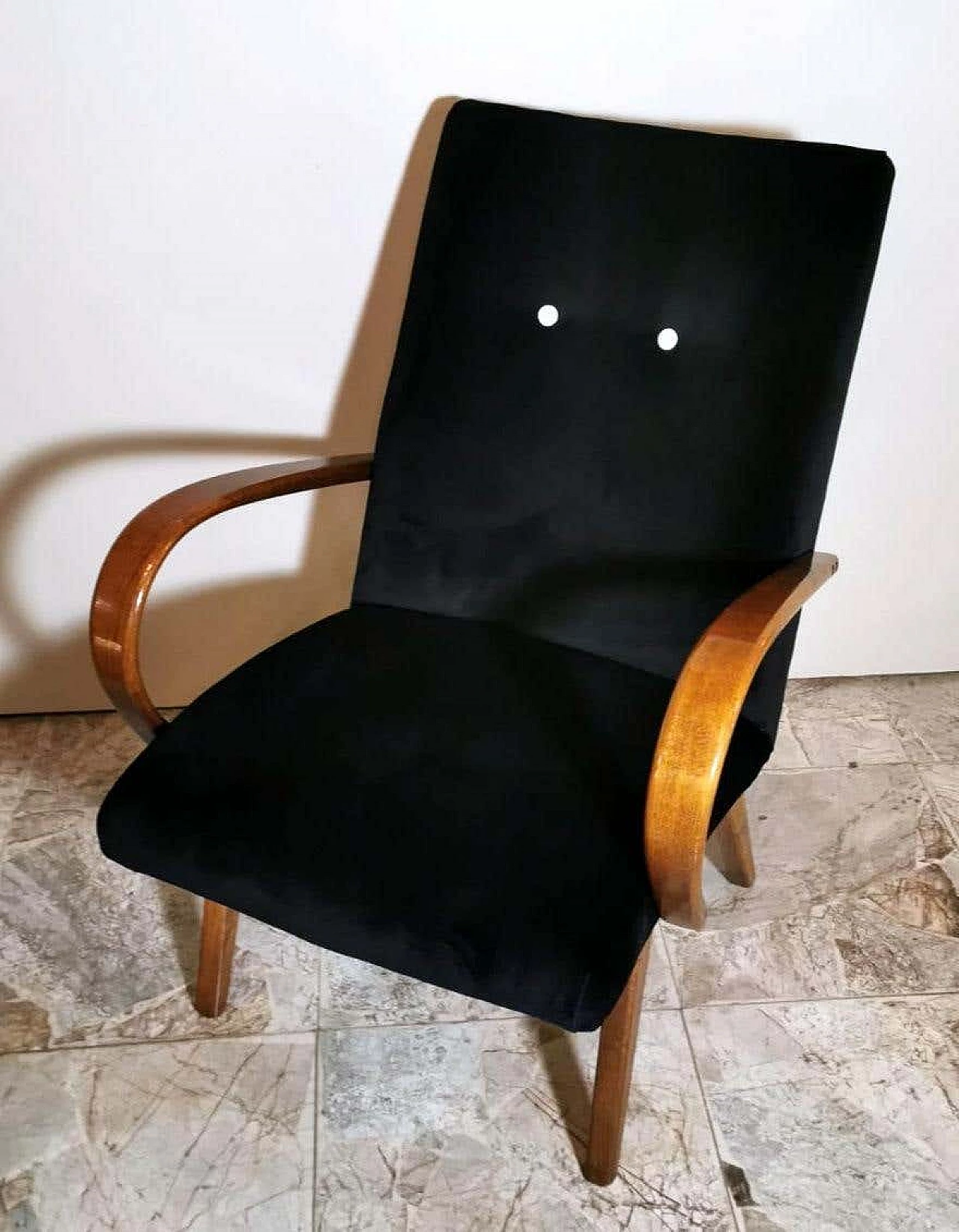

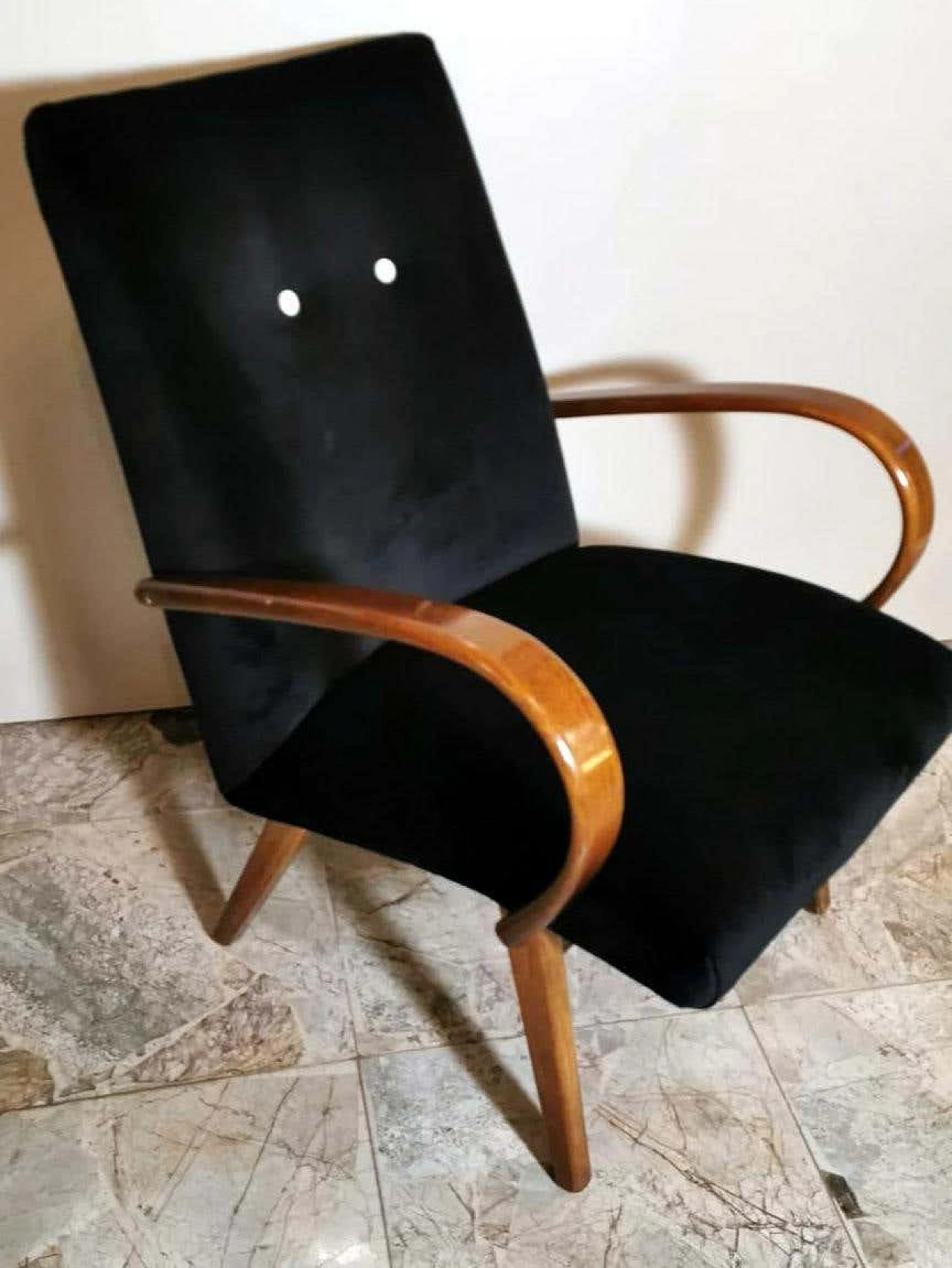
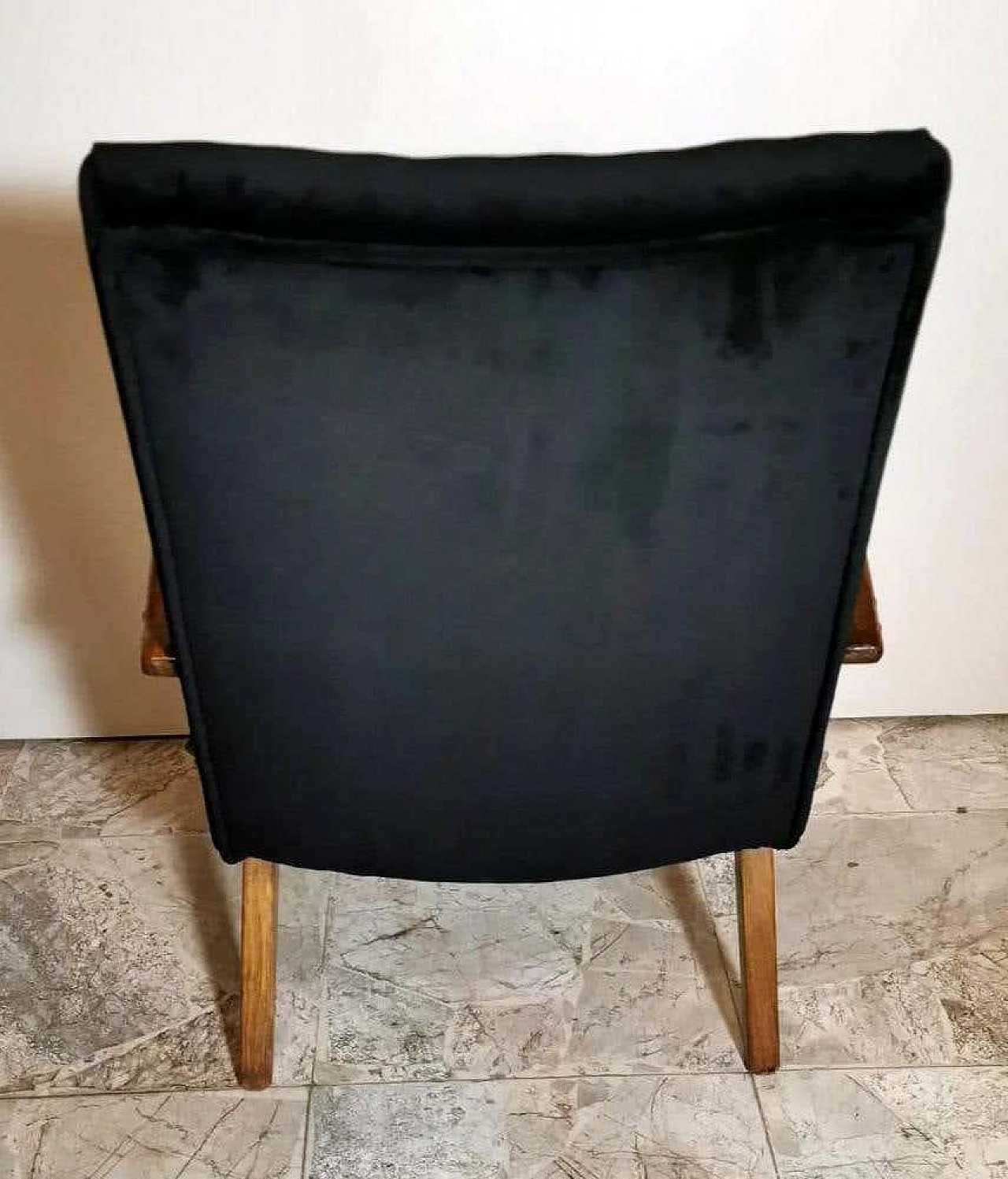
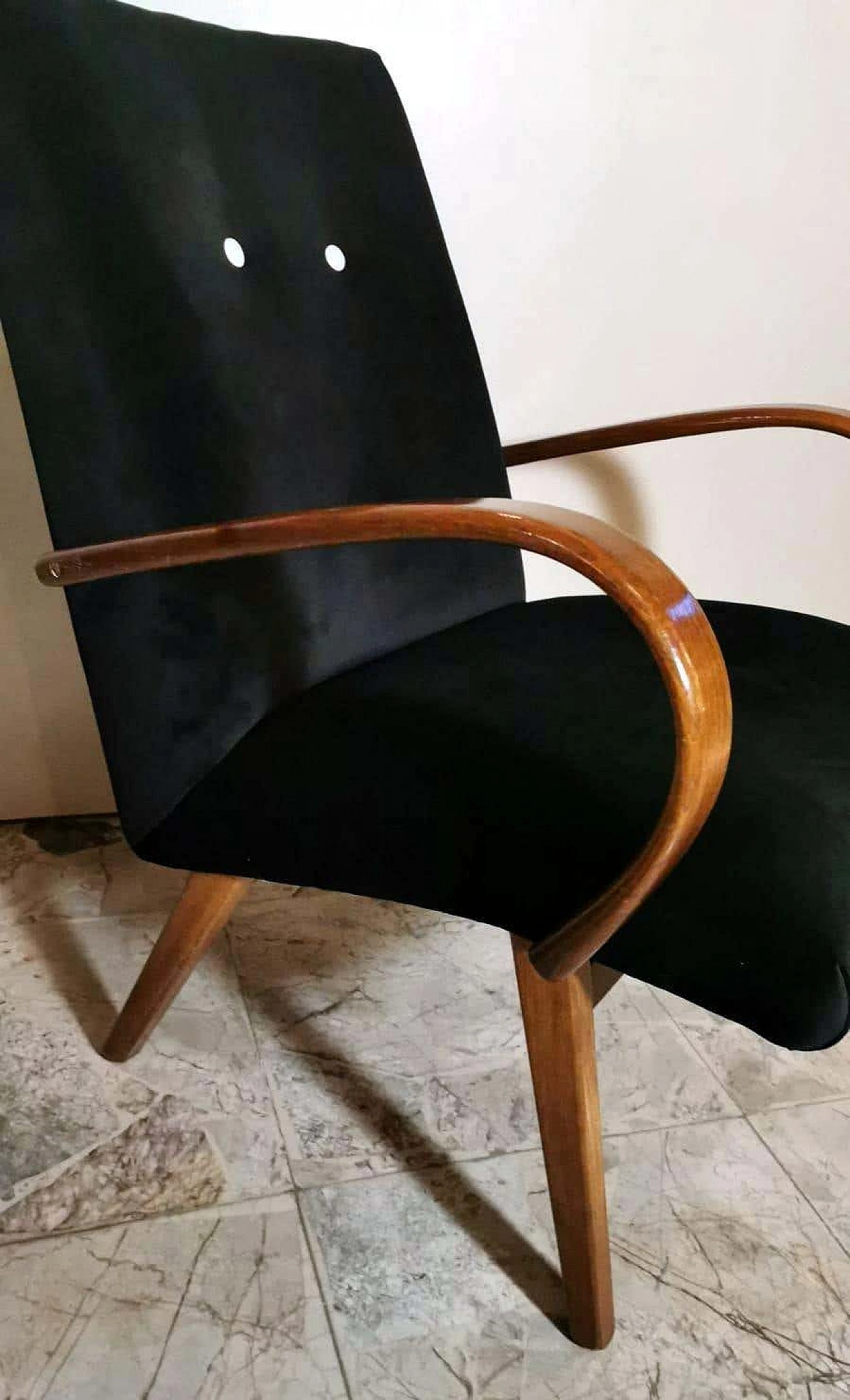
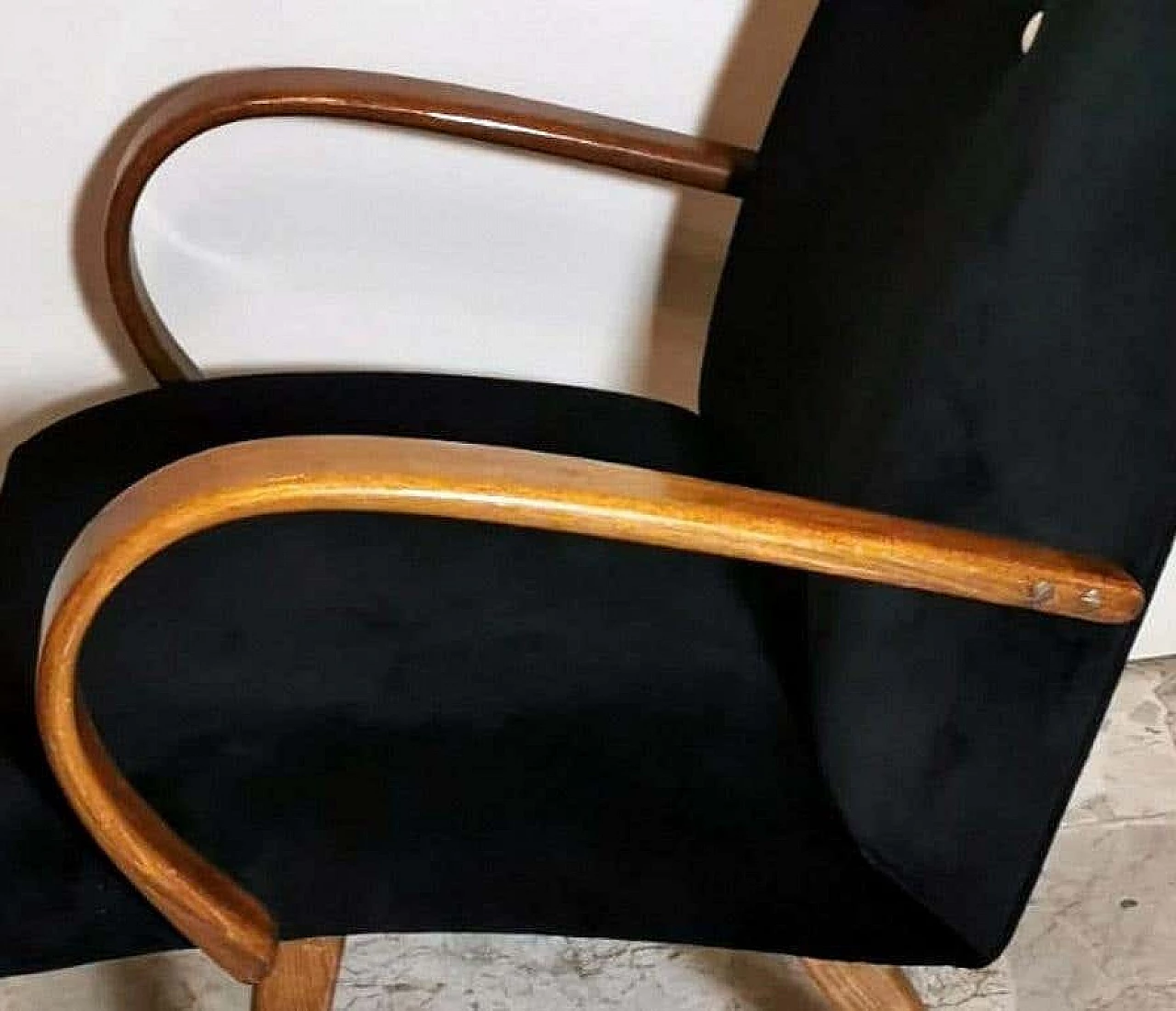
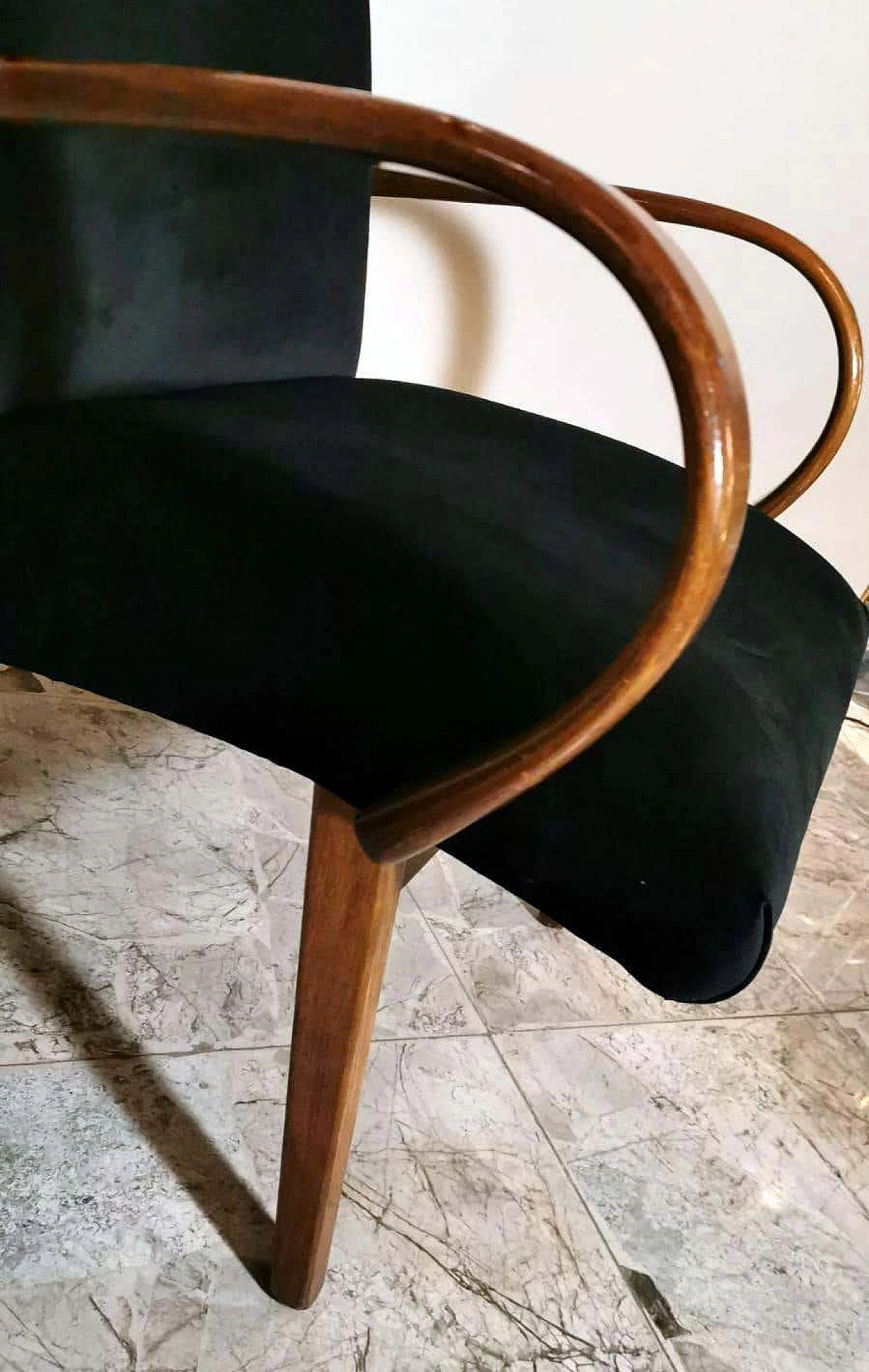
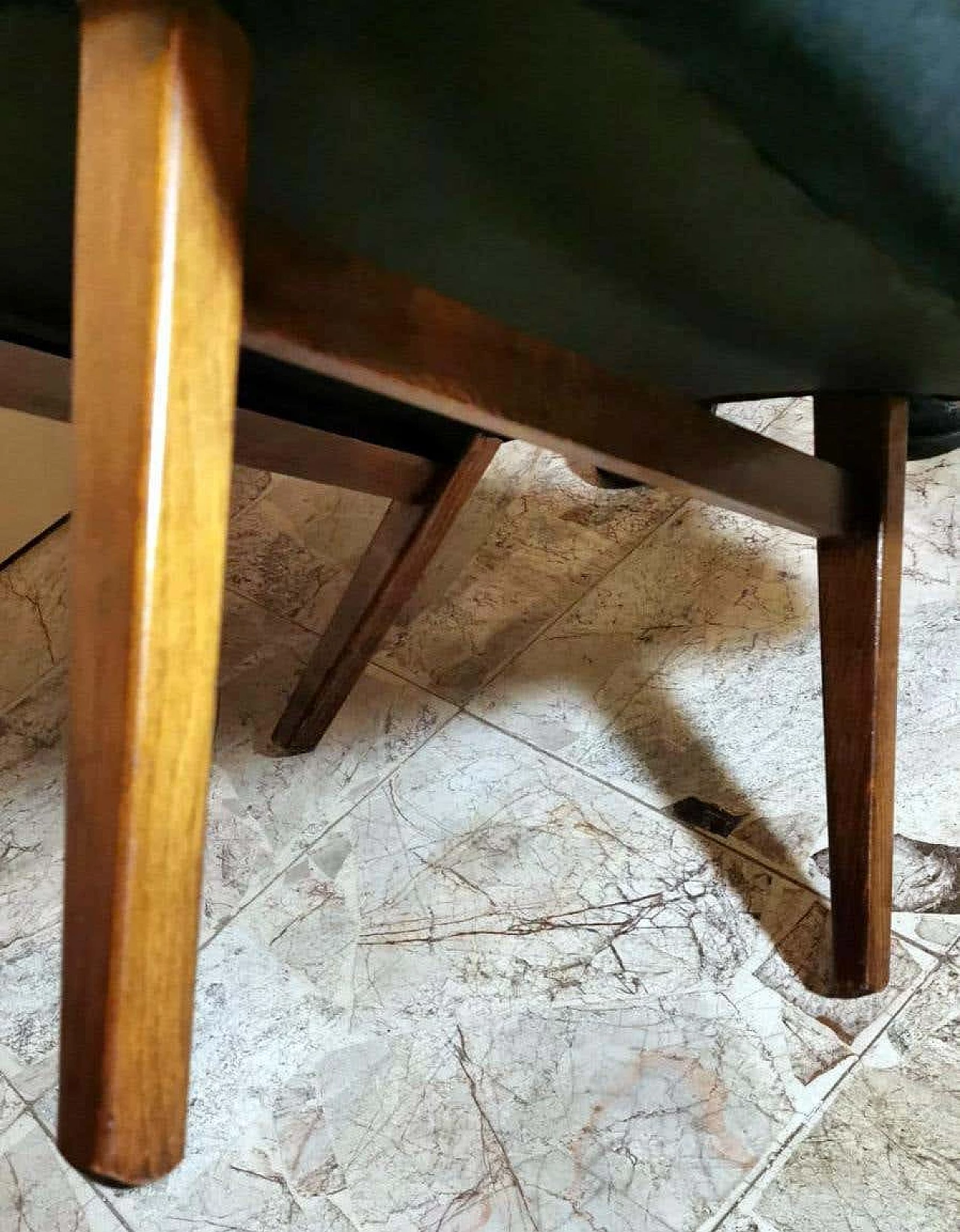
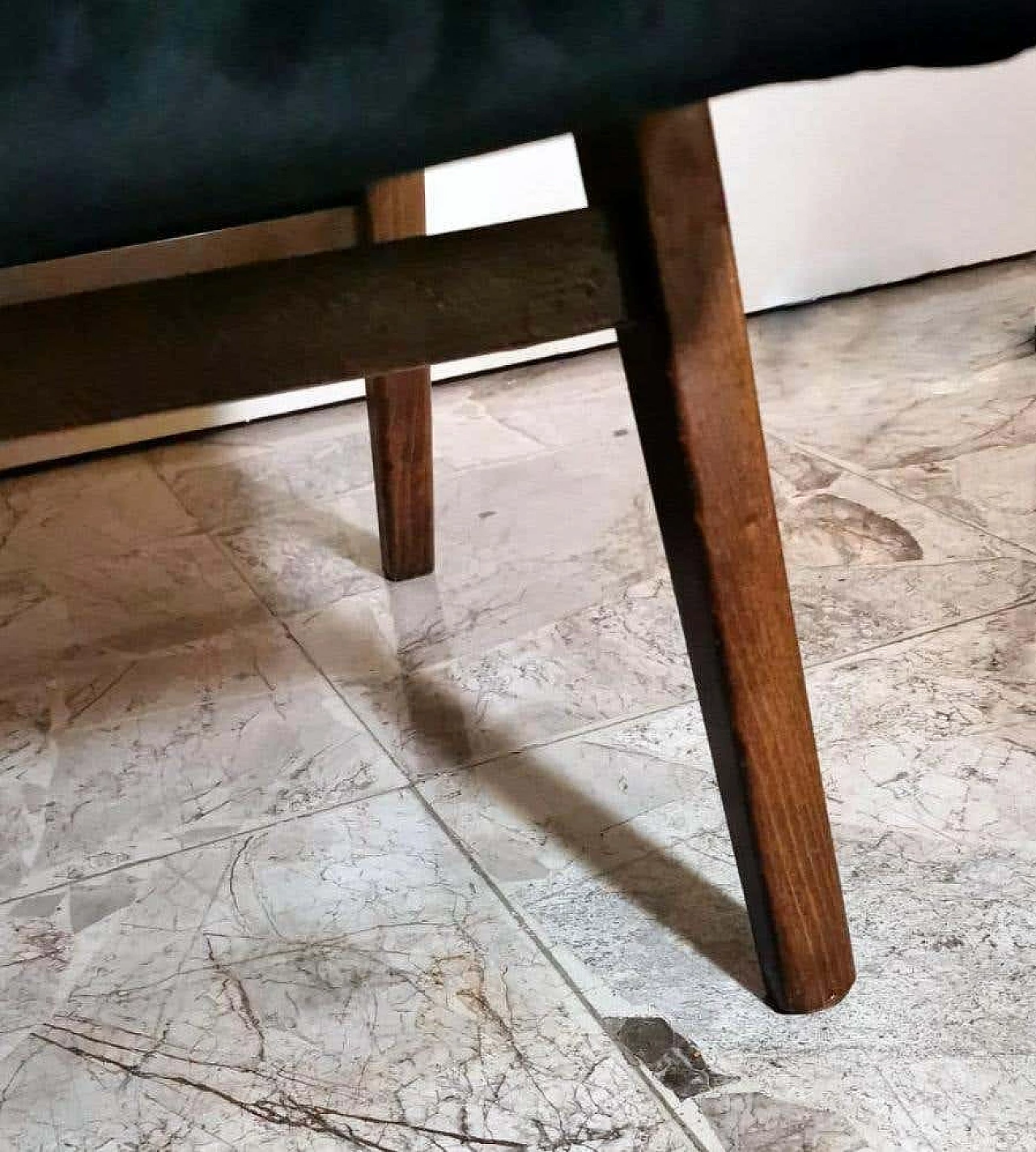
 SILVER Seller in Prato, Italy
SILVER Seller in Prato, Italy






.png)





